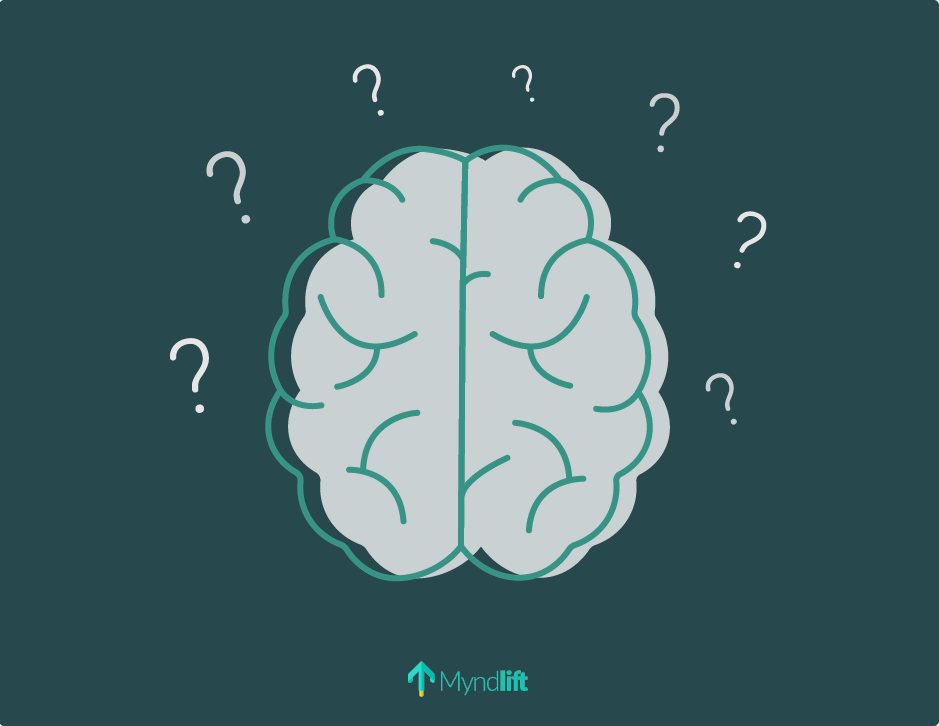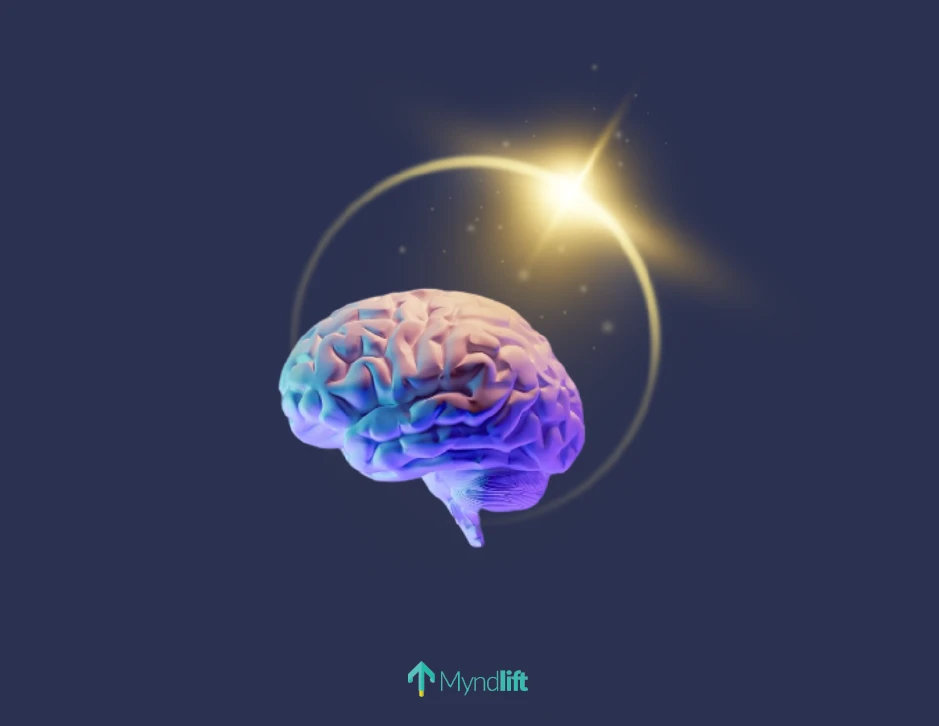Do you remember how neurofeedback was first explained to you? Perhaps you read about it in an article and found the idea to be quite complicated. Or maybe you learned about it through a colleague or mentor who offered up an analogy to help you grasp the complexity of it. Either way, even when we understand the ins and outs of neurofeedback thoroughly, explaining it simply to someone can prove to be quite the challenge.
And that's why it's always helpful to have a few precise, yet simple, explanations for this complex technology up your sleeve. This way, you'll be able to ensure that you’re giving your clients the tools they need to draw on the familiar to make sense of the unfamiliar.
We talked with a clinical psychologist and neurofeedback expert Dr. Nathan Brown, as well as occupational therapist Zara Dureno to find out how they go about explaining neurofeedback to their clients in a way that’s easy to grasp and remember.
With this article, we'll be closing a three-part series in which successful clinicians share their valuable knowledge, actionable advice, and real-life patient stories. Within the series you can discover:
1) How to get started with neurofeedback
2) How to get the most out of the neurofeedback training process
3) How to explain neurofeedback to your clients
Introducing Neurofeedback: The Pianist and the Heart Rate
One of the ways to start explaining neurofeedback is to introduce the main principles of biofeedback first.
Since biofeedback therapies rely on the fact that a person who can access information about their body’s functions in real time could also learn to control them, Dr. Brown recommends trying to open the conversation with the following analogy:
"If you make a fist right now, you'll know that you made it because you have visual and tactile feedback [you can see the tips of your fingers clenching tightly into your palm]. And because you have that sort of power from the feedback loop, you could become a pianist if you wanted to. You have incredible control over your hands! Now, if I would ask you to slow down your heart rate, what would you do? Probably a deep breathing exercise. But how would you know that you've slowed down your heart rate? You don't have a feedback loop. On the other hand, if I gave you a stethoscope, you would have a feedback loop, and you would probably be able to lower your heart rate five beats a minute inside of five minutes."
This analogy will help your clients understand that knowledge is power and that power offers them control. After offering the pianist analogy, you could state that neurofeedback is actually a form of biofeedback that measures and trains brain activity using visual and auditory cues. By getting insight into their brain activity with neurofeedback, they'll have the knowledge necessary to have more control over their goals.
Explaining Neurofeedback: Balancing Your Brain
Diving deeper into the world of neurofeedback can be done by elaborating on how exactly your client is training their brain using visual and auditory cues. Start with explaining brainwave functioning and brainwave types.
Here you could use the analogy of musical notes: low-frequency brainwaves are like a deep drum beat, and the higher ones are like a subtle, high-pitched violin. As a symphony, the higher and lower frequencies link and cohere with each other.
Then you can elaborate that, depending on what your client is doing at the time, a particular brainwave may be dominant over others. And, if the client’s brainwaves are not balanced properly [irregular brainwaves], they may experience both emotional and neurobehavioral health concerns.
From there, it’s recommended to follow up with a statement that neurofeedback teaches their brain to regulate their brainwaves so that they can achieve a balanced brainwave state. The neurofeedback practitioner we talked to, Zara Dureno, suggests the following explanation:
"When doing remote neurofeedback with Myndlift, you put a device on your [head] that picks up on your brainwaves and delivers feedback to you in real time on your smartphone or tablet, via a game, whether you're in an optimal brainwave state or not. And you get points the more you're in an optimal state, so it's kind of like giving a dog a cookie every time it does something good; you're training your brain to be in that state more often."
At this point, your client might ask, “How does my brain stay in that optimal state?” and Dr. Brown suggests that you answer by explaining the principle behind homeostasis.
"When explaining homeostasis, I use the word balance. I elaborate on the idea that the brain operates the entire body, and it wants balance. Neurofeedback is simply a way of alluring the brain into that balance. Once the brain gets there, it wants more. We call that unconditioned stimulus," explains Dr. Brown.
Diving Deeper Into Neurofeedback: Understanding the Training Process
If you want to dive deeper into the neurofeedback training process, discussing a brain health assessment might be a good start.
Let your clients know that, due to individual differences in brain activity, neurofeedback training is not a "one size fits all" approach. Rather, to obtain optimal results, the training begins with an appropriate assessment and evaluation of their individual brainwave activity.
You can use the analogy of joining the gym. For example, before they start training, their fitness trainer will probably run an assessment, a series of tests to evaluate their overall health and physical fitness levels. Based on the findings, the trainer will determine what the client needs to do to achieve the results they're after.
And just like with the gym assessment, after they run a brain health assessment, you’ll set a plan for them, and they'll start training.
Try explaining further how training works by giving them an example of something that neurofeedback is used for. For instance, balancing their brainwaves to achieve improved attention. When they're training for attention, sensors on their head help detect alertness in real time. So, each time they're in a mental state reflecting focus, they may get a visual or auditory reward. And this reward encourages their brain to remain/enter this state more often.
Setting Expectations: Tuning the Guitar
Over time, the ability to regulate brainwaves can be applied in real-world situations. For example, your client who trained for improved attention may find it easier to stay focused in stressful situations, like job interviews or exams.
But in order to reap the benefits, brain training requires consistency and practice. That's why it's crucial to let your clients know what's ahead and what they can expect.
"What we are doing with neurofeedback is sort of like if your brain were a guitar. You could have the world's best guitar but, if it's out of tune, it doesn't play well. We can tune the guitar – that's what neurofeedback is. And then you have to practice in order to learn how to play. This takes time," explains Dr. Brown.
Dr. Brown also points out that “tuning the guitar” and “learning how to play” requires at least 12 weeks and, sometimes, people will continue using neurofeedback after the required amount of sessions have been completed for different reasons. For example, suppose they initially used it to alleviate anxiety symptoms and achieved that goal. In that case, they may switch their focus to improving their performance to become better at decision-making at work.
Whatever their goal is, you’ll feel more confident about guiding them towards it when you know they truly understand what neurofeedback is and the steps you’ll be taking together on this journey. By understanding the purpose behind each step, your client may feel more involved and, ultimately, more engaged in their neurofeedback training. And they’ll feel secure knowing they have a great companion by their side!
Create custom EEG training protocols, offer easy in-app training, expand your client base, scale your neurofeedback clinic, and make home neurofeedback work for you. Schedule a Myndlift demo today!
About the author:
Dubravka Rebic
Dubravka Rebic puts a lot of time and energy into researching and writing in order to help create awareness and positive change in the mental health space. From poring over scientific studies to reading entire books in order to write a single content piece, she puts in the hard work to ensure her content is of the highest quality and provides maximum value.




